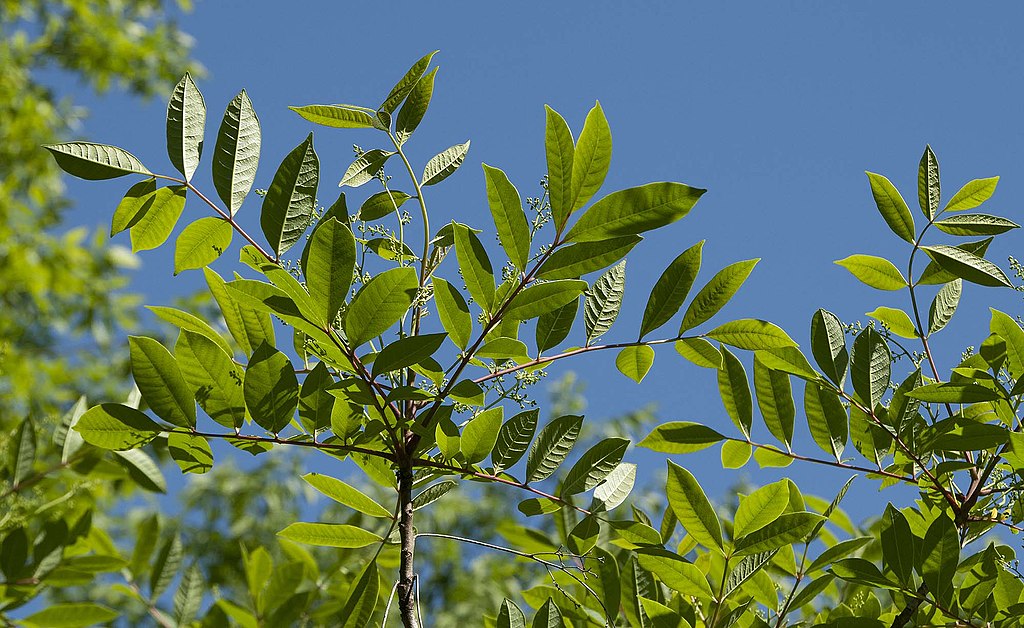Some plants in the wild can cause considerable damage just by coming in contact with your skin. Poison sumac is a plant that can unintentionally turn your outdoor trip into a living nightmare by giving you a nasty rash.
Many have questions about its appearance. Mainly they ask, does poison sumac have thorns? We will answer this query below, so read ahead and find out about it.
Does Poison Sumac Have Thorns?
The simple answer to this question will be no; it does not have any thorns. Its ordinary appearance might fool you but be aware of it.
Poison sumacs can grow as a shrub or a tree and are primarily found in northern America. Its favorite place to thrive is a swamp or any other wet area, and these can also be encountered in pinewood or hardwood forests.
Appearance

Out of all its relatives, poison ivy and poison oak, these are the most different looking, with seven to thirteen leaves growing in a cluster with one leaf sticking out at the end.
How Does Poison Sumac Cause Rashes?
Poison sumac produces an oil called urushiol, which triggers an allergy when it comes in contact with our skin. It is also the most poisonous of its two counterparts. The rashes may later form patches of skin infection which will also have a burning sensation.
Try not to inhale the smoke after burning this plant, as it may even cause rashes on the lining of your lungs. It will induce not only just pain but also other respiratory difficulties.
What Is The Poison Sumac Infection Symptoms?
- The symptoms of an infection from poison sumac are a nasty rash, also known as contact dermatitis.
- Not only just the links but the entire plant is poisonous, and the toxicity of the urushiol oil remains active even after the plant dies.
- The symptoms might appear within one or two days and not go away for even a month.
- Though the rash is not contagious, the oil can transfer from one place to another via bedsheets, clothes, etc.
- Once someone contracts this allergy, they must wash everything so they do not accidentally infect others in their family.
- Rashes will come as patches of itchy pimples, which can turn into watery blisters.
How do you treat the rashes?
Usually, these infections go away in a month or so, though it is best if you contact a doctor as soon as possible.
- First, you must remove the oil from your clothes and yourself.
- If the oil has spread to other things, wash them as soon as possible.
- The infection does not have a surefire remedy, but you can opt for home treatments like hydrocortisone creams, calamine lotion, benzocaine, etc.
Wrapping It Up
Poisonous Sumac is dangerous, and you should stay as far away from it as possible. Though these infections usually go away on their own, we highly recommend getting professional help.
*Disclaimer – The remedies we have posted here are all transcribed from sources from all over the internet. So please see a doctor for an accurate diagnosis. *
Featured Img Src: Public Domain, https://commons.wikimedia.org/w/index.php?curid=316635
